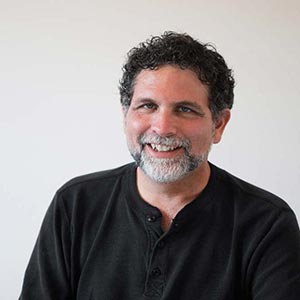 I am still thinking about Heidegger’s three ways of being. The
I am still thinking about Heidegger’s three ways of being. The
first two of these he called ‘presence-to-hand’ and ‘ready-to-hand.’ Both of
these are defined in what could be seen as human terms and I see them as
representing the reality of the human senses and the reality of human purpose. In
this post I want to give my interpretation of what I think Heidegger means by
these two powerful distinctions.
Warning – I am not an
expert on Martin Heidegger and I am using these blog posts to develop my own thoughts
– read with caution!
Presence-to-hand is the most basic form of existence. It
essentially refers to things that exist by virtue of the fact that they lie
within the realm of possible human experience. We would say that things are
present-to-hand if they lie within our experience.
Let’s imagine a hammer lying on a table in an otherwise
empty room. If you turn to someone and say, “Pick up the thing on the table.” you
would expect that anyone who was able bodied and capable of understanding the
meaning of the sentence would walk up to the table and pick up the hammer.
If they walked up to the table and turned back to you and
said, “There is nothing here.” You would be perplexed. The hammer exists within
your experience and so you know that it is real – the person next to you is
claiming that the hammer does not exist in their experience and so is not
there. For them there is ‘no-thing’ on the table. The hammer, in Heidegger’s
language, would not have the way of being present-to-hand for the
person next to you. The object in this case seems to lie outside of that person’s
possible experience.
In this example the sensual experience is touch, but we the
objects that are present-to-hand don’t have to be limited to physical experience
– feelings and ideas are also present-to-hand as long as they lie within the
realm of possible experience of the individual.
To use the same scenario to illustrate readiness-to-hand we
would have to add another dozen or so different tools to the table – saws,
screwdrivers, wrenches etc. If we then ask someone to go to the table and pick up a
hammer the task is more complicated. What if the person knows literally nothing
about tools? – they would walk up to the table and have no idea which object was
the hammer. It would just be a table of 20 things.
The things on the table exist to the person in the way of
presence-to-hand. So the hammer scattered among tools exists as an object to
the person. If you point to it he/she will pick it up. It does not exist as a
hammer, because a hammer is not just an object – it is a particular object that
has a particular purpose.
To be able to recognize a hammer as a hammer you have to
come from a culture in which hammers are things that are known and used. A
hammer is just an object – present-to-hand – unless it is picked up by a hand
that is ready and able to use. In the hands of someone who knows what it is and
how to use it the object becomes a hammer – it takes on the way of being of
readiness-to-hand.
With these two conceptions Heidegger splits reality into
two. There is the present-to-hand universe of things, and the readiness-to-hand
world of things with purpose, or tools. There is the universe that is defined by
the human senses and the world that is defined by human purpose.
